What is a DAC? We may not realise it, but every day we use a digital-to-analogue converter, more or less consciously. A DAC (the acronym stands for " Digital (to) Analog Converter") receives signals in computer language of "0" and "1" and makes them compatible with a system, with a PC, with a smartphone in order to be perceivable by the human ear. This is thanks to the appropriate cables, which in most cases are coaxial and INTERCONNECT.
It can be integrated, portable or measure more than 40 cm in width, it has a considerable number of digital inputs and from one to several analogue line outputs and it is made up of two parts, both of which must be of good quality for the final result to be good. Usually in cheaper DACs the digital part is of very good quality because the costs are low, while the analogue part, which requires economic effort, is poor. It is in the latter that the main differences between a low end DAC and a high end one lie.
This does not affect vinyl or tape lovers, who are natively analogue. The commercial explosion of the DAC coincided with the spread of liquid music. The arrival of the CD player in the eighties did not convince audiophiles because of the poor DACs in these early models, which were unable to produce a sound that matched that of vinyl. Early players suffered from jitter (which we could define as a time lag between the transmitted and received signal). This is when manufacturers and buyers started to give special importance to this instrument, which became more and more important in its autonomous and non-integrated form and, with the passing of the years, also more affordable. Ultimately, to answer the initial question "What is a DAC?", we could answer as follows: the DAC replaces the source to decode the digital audio signal, performing this operation in an optimal way.
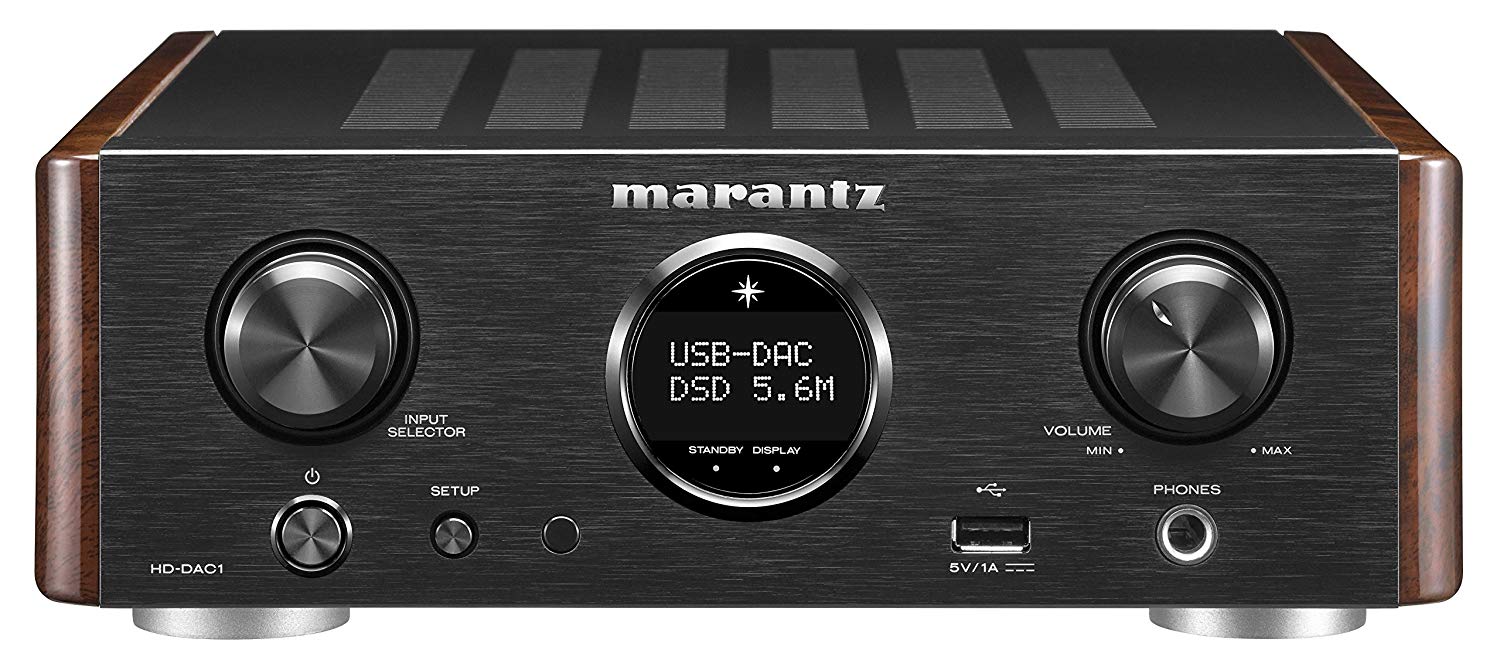
What to know when buying a DAC
The DAC is not only important, but fundamental, if you want to get maximum performance from your system. Its two main characteristics are signal-to-noise ratio and THD(Total Harmonic Distortion).
The signal-to-noise ratio is often abbreviated to SNR(Signal to Noise Ratio). It is a numerical quantity that relates the power of the useful signal to the power of the noise in any information acquisition, processing or transmission system. In the field of Hi-Fi, the signal-to-noise ratio is one of the fundamental parameters, even if not the only one, for the evaluation of the performance of a system as far as the cleanliness of the sound is concerned.
There is also the SINAD, conceptually very similar to the SNR, which along with the noise also includes the distortion generated by the circuit; it gives a more precise evaluation of the degradation assumed by a signal due to the non-idealities of the equipment it passes through. It is no coincidence that a battery-powered DAC has been found to work much better than one powered by a power supply.
Harmonic distortion and sampling in the DAC
A measure of the harmonic distortion present in a signal is the ratio of the sum of the powers of all harmonic components to the power of the fundamental frequency. Distortion factor, a closely related term, is sometimes used as a synonym. In audio systems, lower distortion means that the components of a loudspeaker, amplifier, microphone or other device produce a more accurate reproduction of an audio recording.
When it comes to digital, you also have to be careful about sampling. Sampling is, to use a metaphor, taking a recording and taking many 'photos' of it at regular time intervals. These photos are taken on multiple levels; the more levels we have, the less time there is between photos, so the less quality is lost. The number of bits in a DAC is really an index of how many levels I have; the sampling frequency is an index of how fast the photos are taken (the minimum is 24 bits at 192 kHz). Beware, though: there is no incontrovertible technical data to define which device is better. They all suffer or enjoy the effects of non-measurable factors, which can be, for example, good design or poor component layout.
The Ricable cables for your DAC: coaxial and INTERCONNECT. USB coming soon
Thereare many ways to connect the DAC to the source or amplifier. Here are the ones used in most situations. In the first case there are digital coaxial cablesThese carry the digital audio signal before it is converted to analogue and then amplified. Although they have the same connectors as the INTERCONNECT RCA cables, they have an entirely different function.
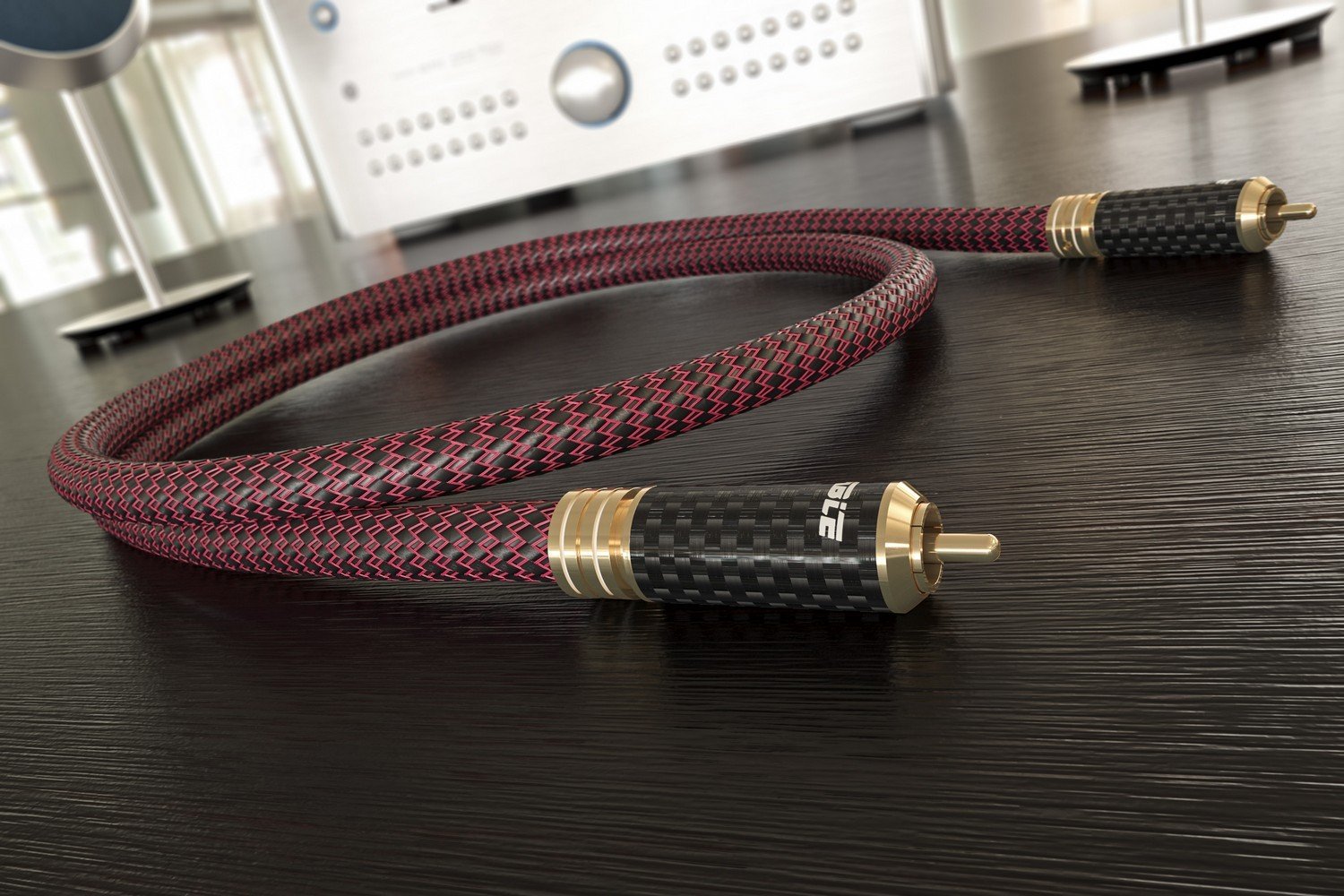
The most common usage scenarios are the connection between a digital source such as a CD player or PC (with the aid of an interface) and a DAC. The series are the canonical ones Ricableseries: starting from the entry level Primusand then Magnus e Dedalus, and concluding with Invictus. Rather similar are the optical cables, but these are less musical and more suited to other areas of use. The last type of cable is the USB cable, especially when connecting a DAC to a PC. Ricable is working hard on an optimal solution for this and, after the research and development period, will bring a product to the market that will guarantee its customers a connection with all the credentials.
TheDAC and amplifier are connected by the Primus cables. cables INTERCONNECTwhich are used whenever an analogue signal, in Stereo mode and with an RCA connection, is passed from one device to another. Once again, the Ricable offering is differentiated into the series Primus, Magnus, Dedalus e Invictus.


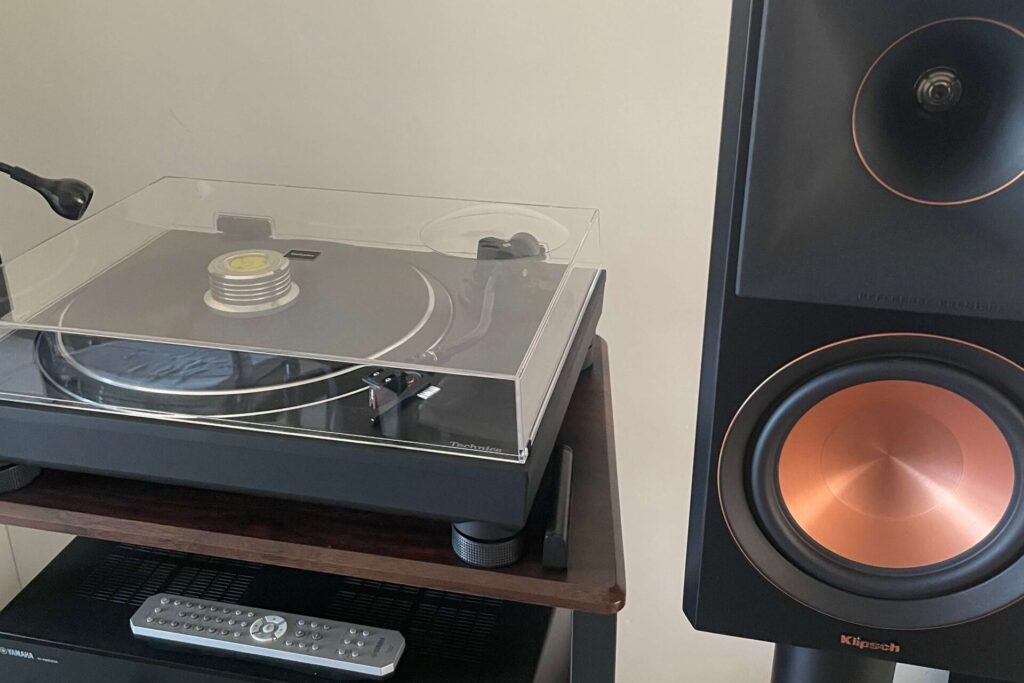

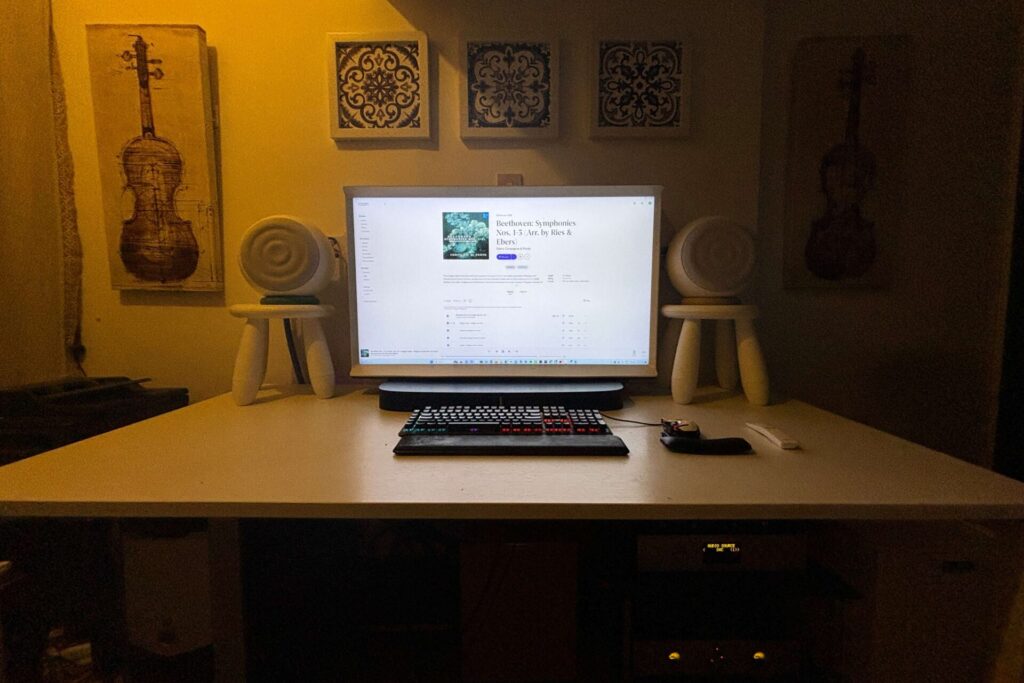
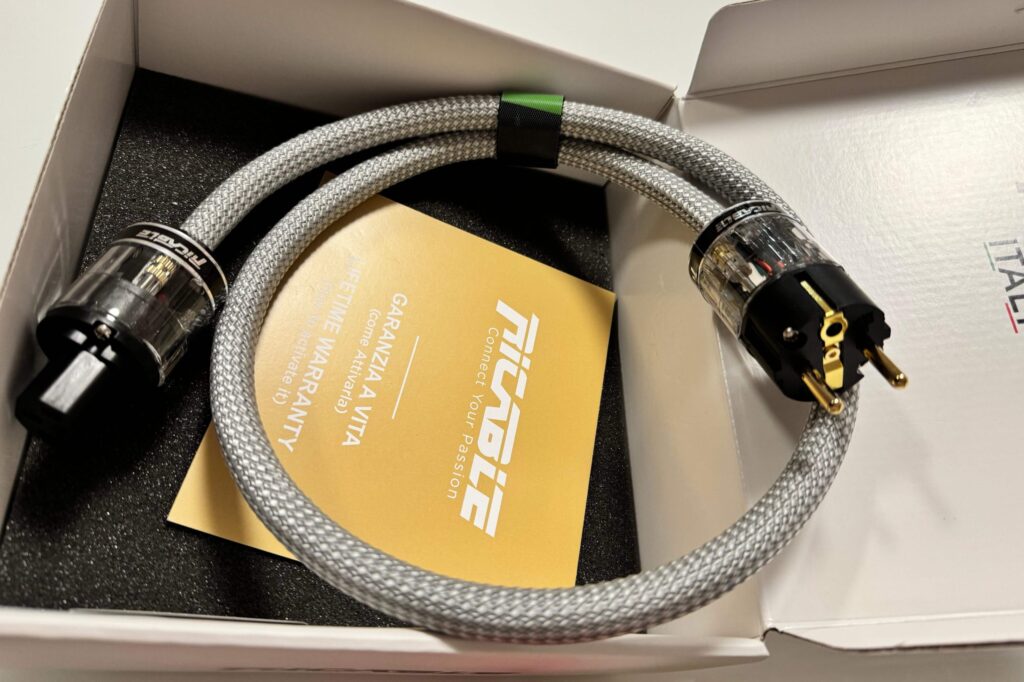
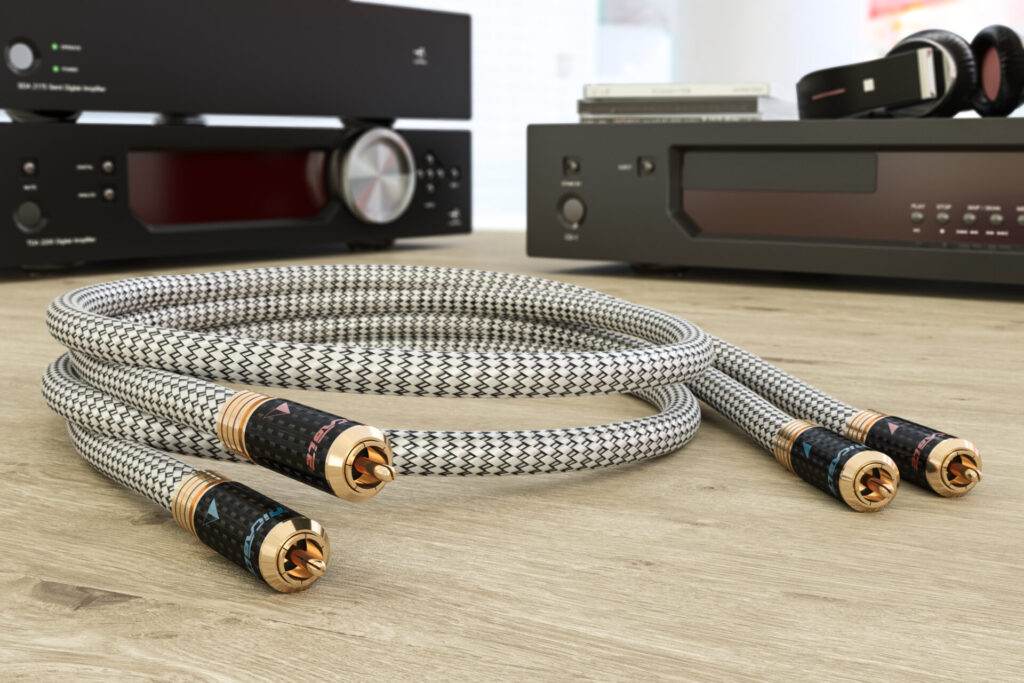
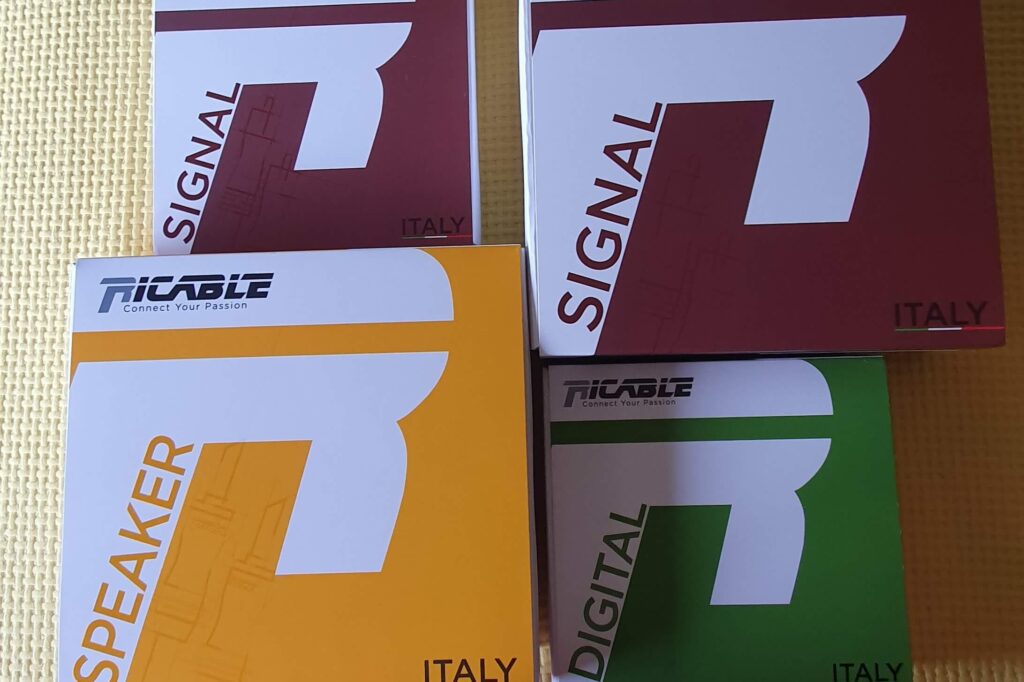
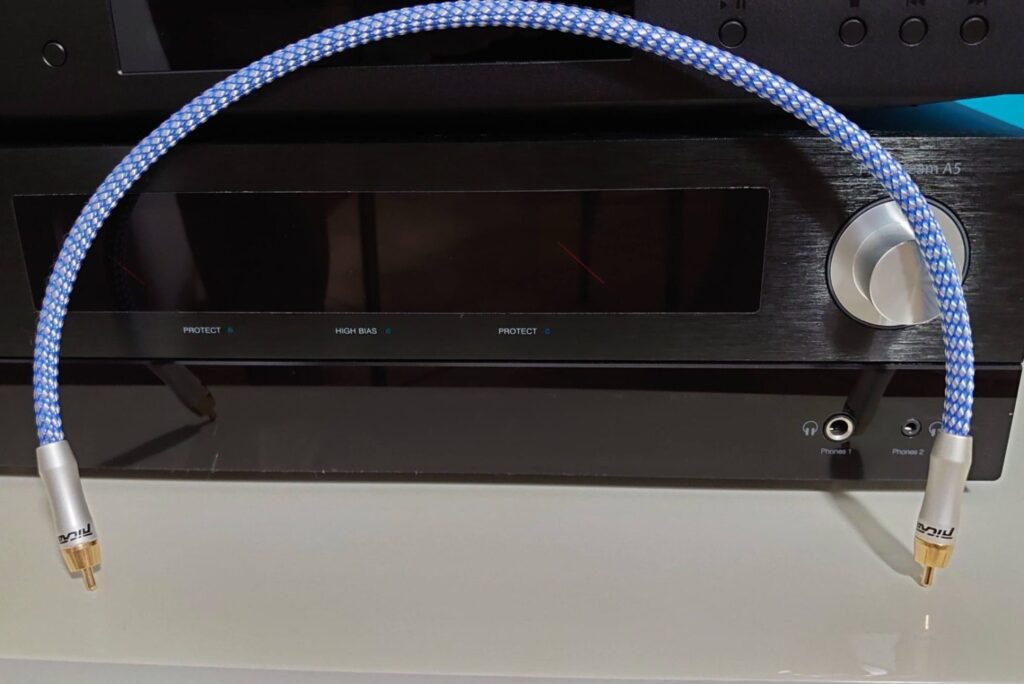

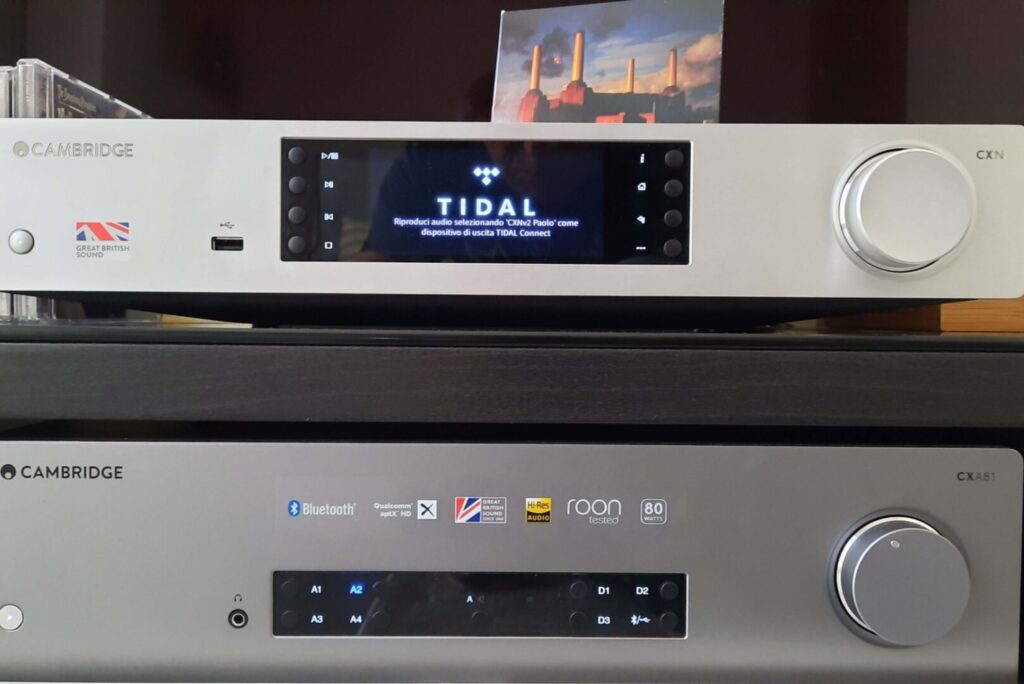
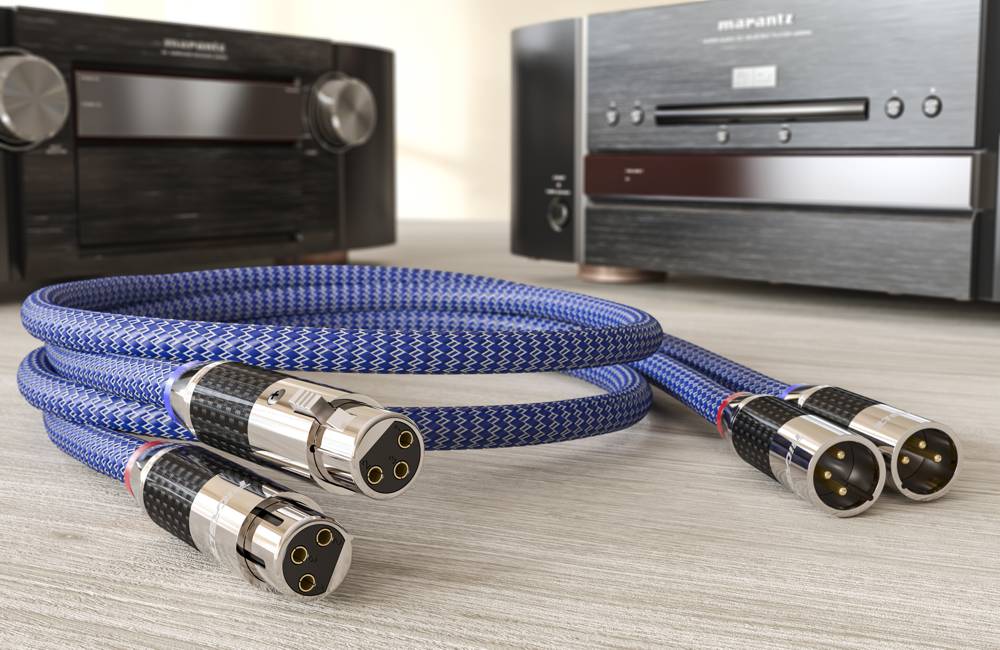
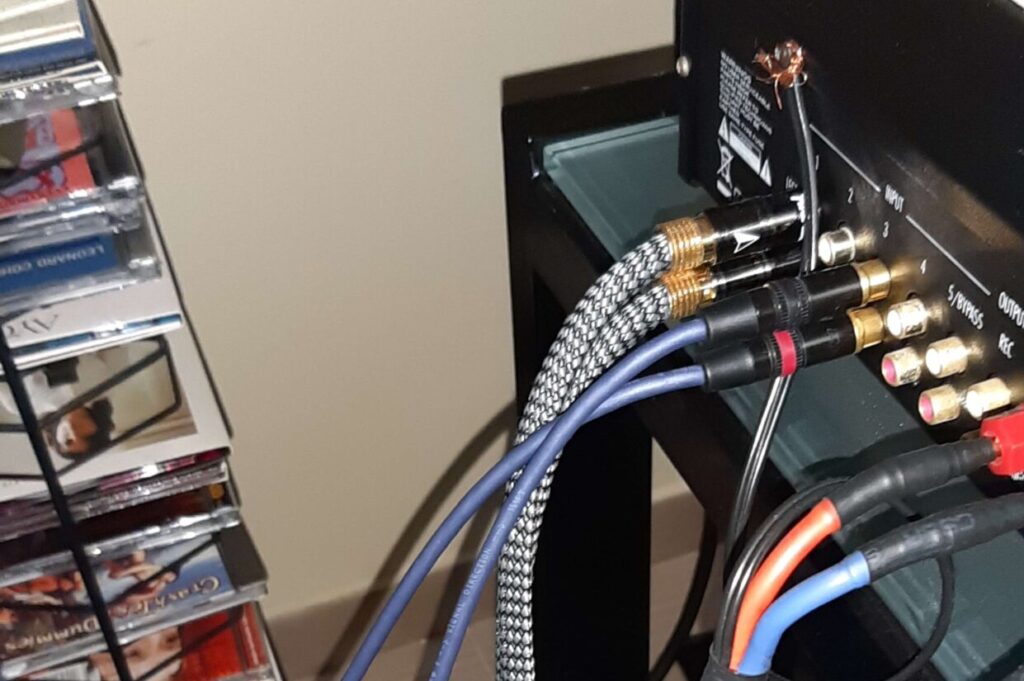

Thanks for the explanations but I didn't understand if the dac can really improve the signal of the music transmissions from the pc (youtube, jazz radio etc), that is, if the transmissions have a low quality how can the DAC improve them? In fact, you know what I read they talk about 24 or 32 bit, boh, I'm confused, thank you for your reply.
Hello Enzo, obviously the better the source file, the better the leap in quality you will have with a good DAC, however, even with streaming playback there is a clear improvement over an integrated sound card.
I have a few questions about home theatre. As I have a TV with an optical audio output and an old NAD AV711 amplifier with Dolby Digital 5.1, but no optical inputs, I have to use a DAC to connect the TV output to the amplifier. As I know that the digital signal transmitted through the optical cable contains Dolby Digital/DTS 5.1 encoding, is this encoding lost in the conversion to an analogue signal? Is the output signal a simple stereo signal and does the amplifier process it to produce the surround effect or does it arrive already encoded and the amplifier just decodes it and distributes it through the various channels?
Thank you in advance for the clarification.
Good morning Rino, if the DAC is stereo, the signal comes out stereo and then, if the amp has an audio processor, it virtualizes the multichannel. Have a nice day.
Good morning,
I'm writing to you because I'm a bit confused about the subject of DACs integrated into various parts of the audio reproduction chain.
Considering that I have a Cambridge amplifier with a built-in DAC, I would like to ask you what would be the difference between using a blu-ray player without a DAC or a blu-ray player with a built-in DAC; is there a difference or is there no difference since the amplifier has a DAC?
Thank you.
Good morning, there can only be one DAC in your chain, so in your case you have to decide whether to use the DAC in the Blu-Ray player or the one built into the amplifier. Obviously, you have to choose the better of the two. If you decide to use the player's DAC, it will come out of the player in analogue and go directly into an analogue input on the amplifier. If you choose the amplifier's DAC, it will come out of the player in digital (coaxial is recommended) and go into the amplifier's built-in DAC.